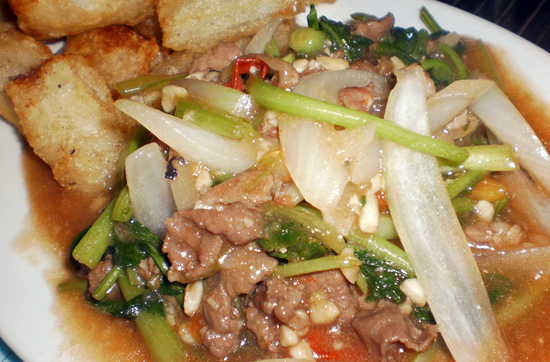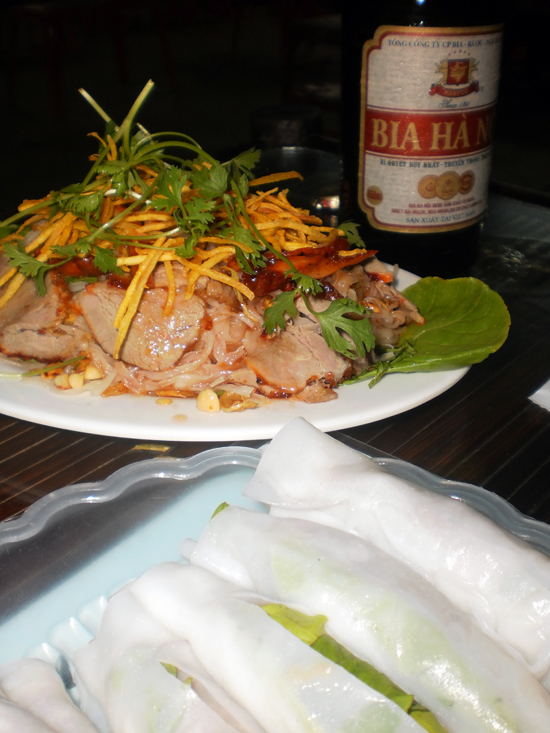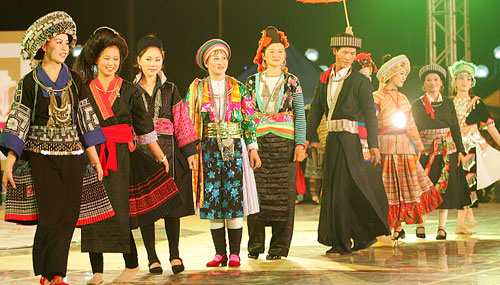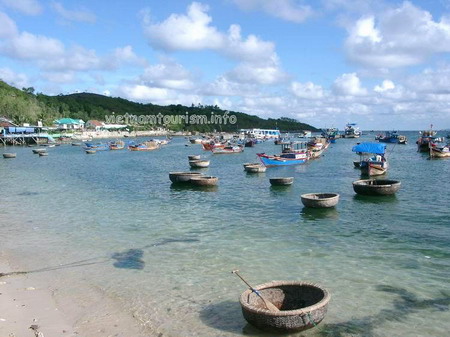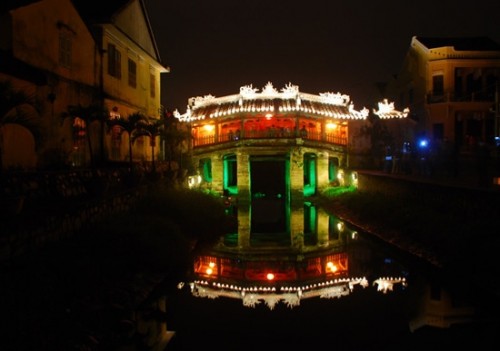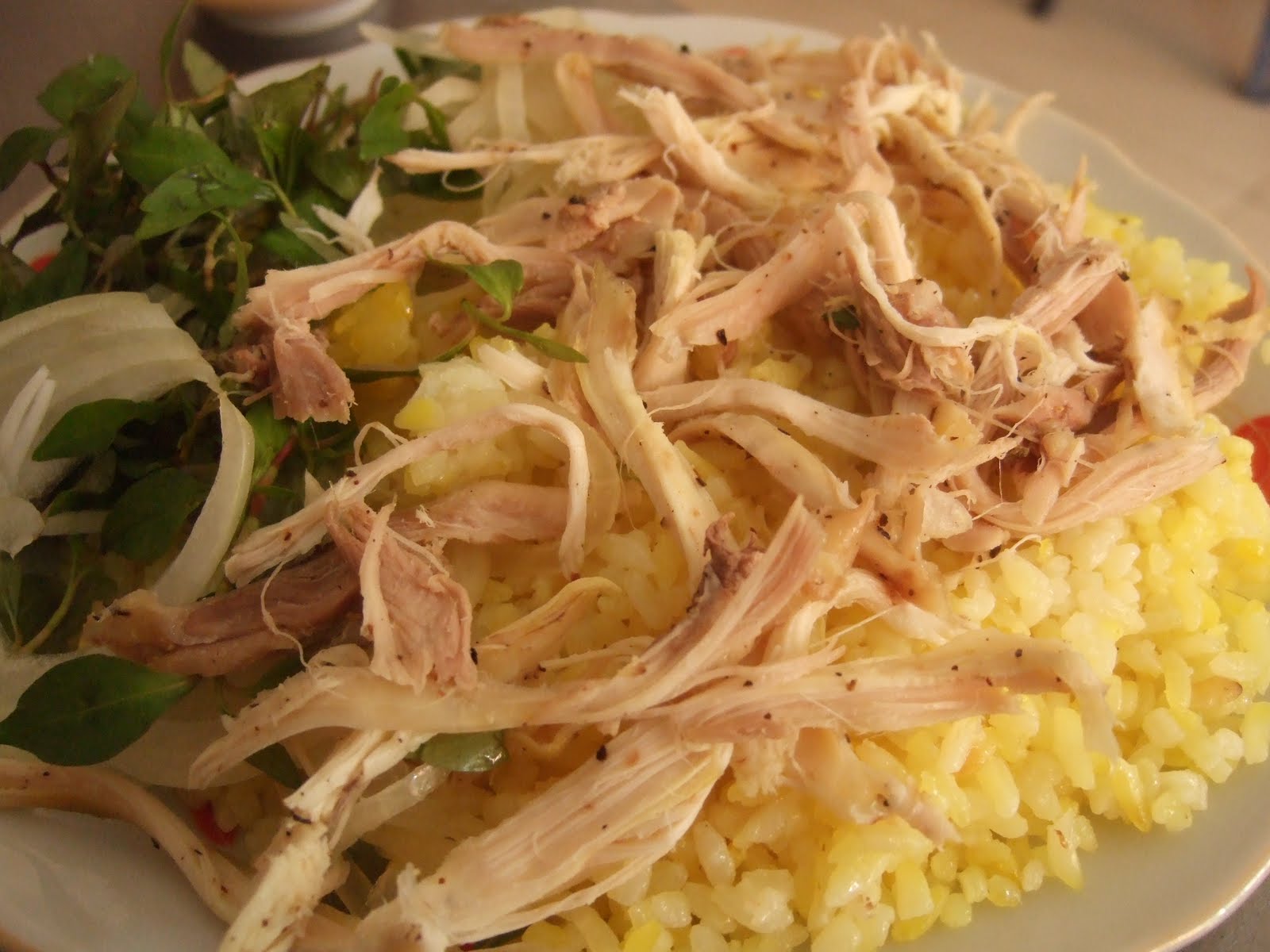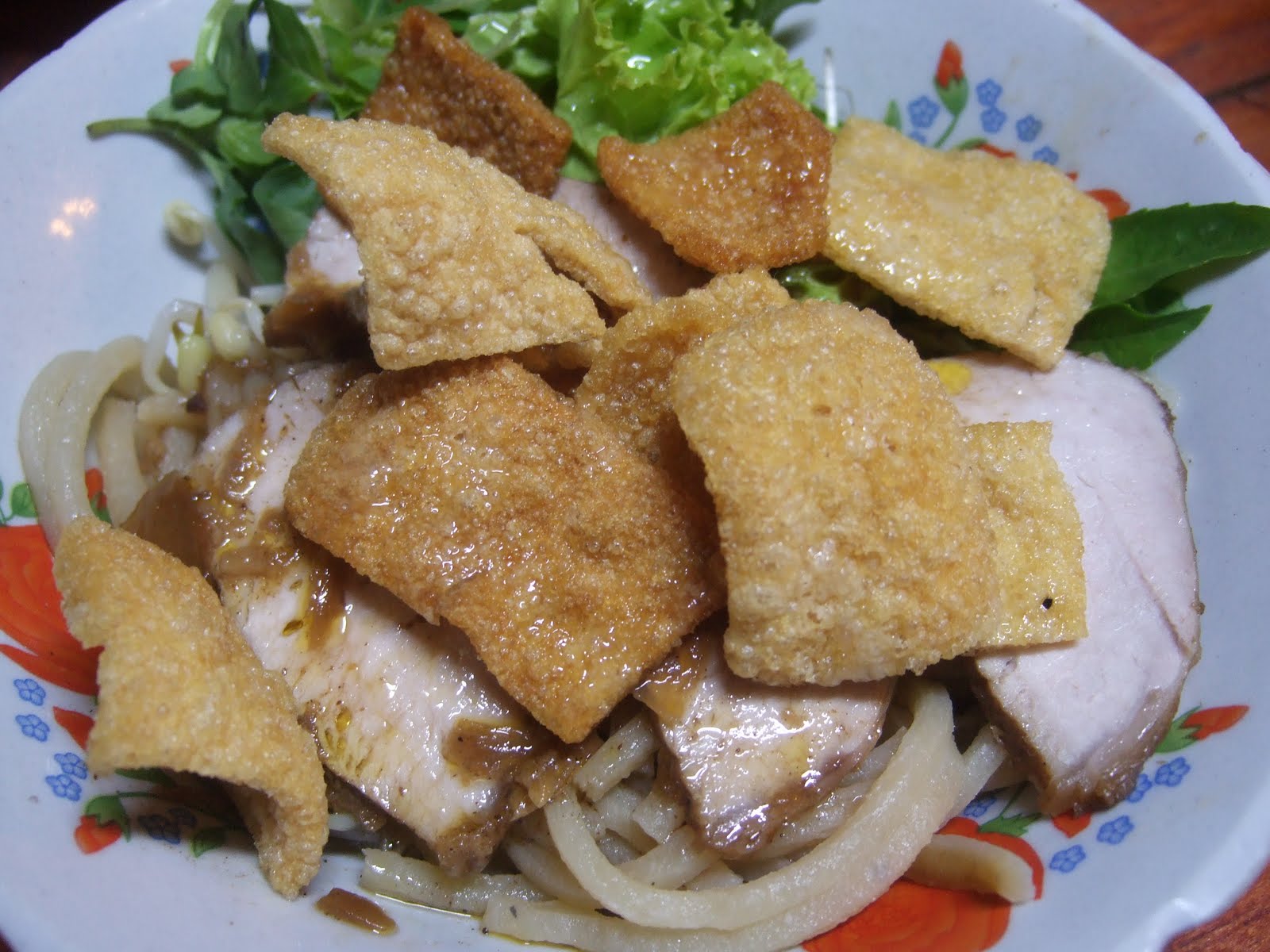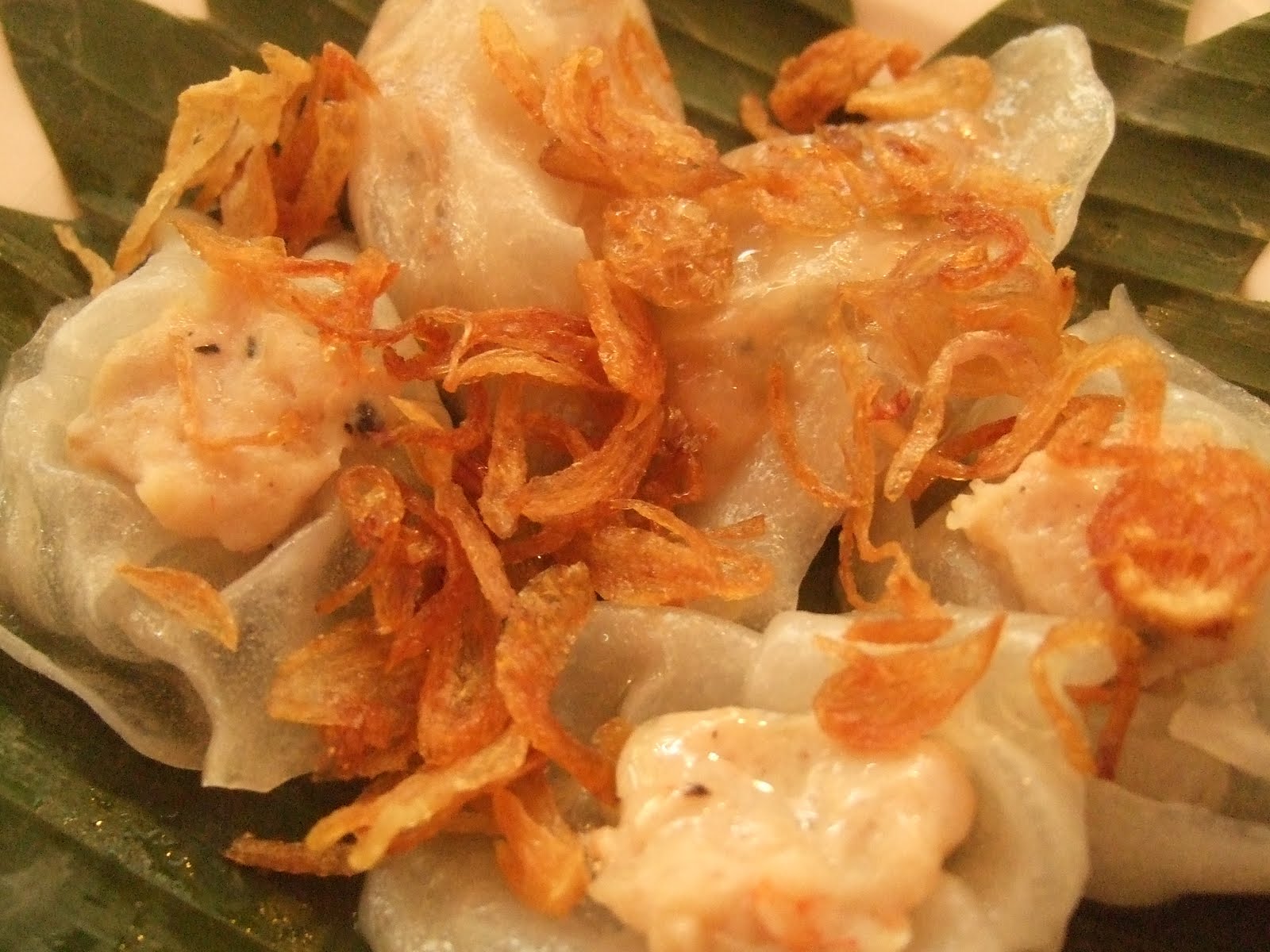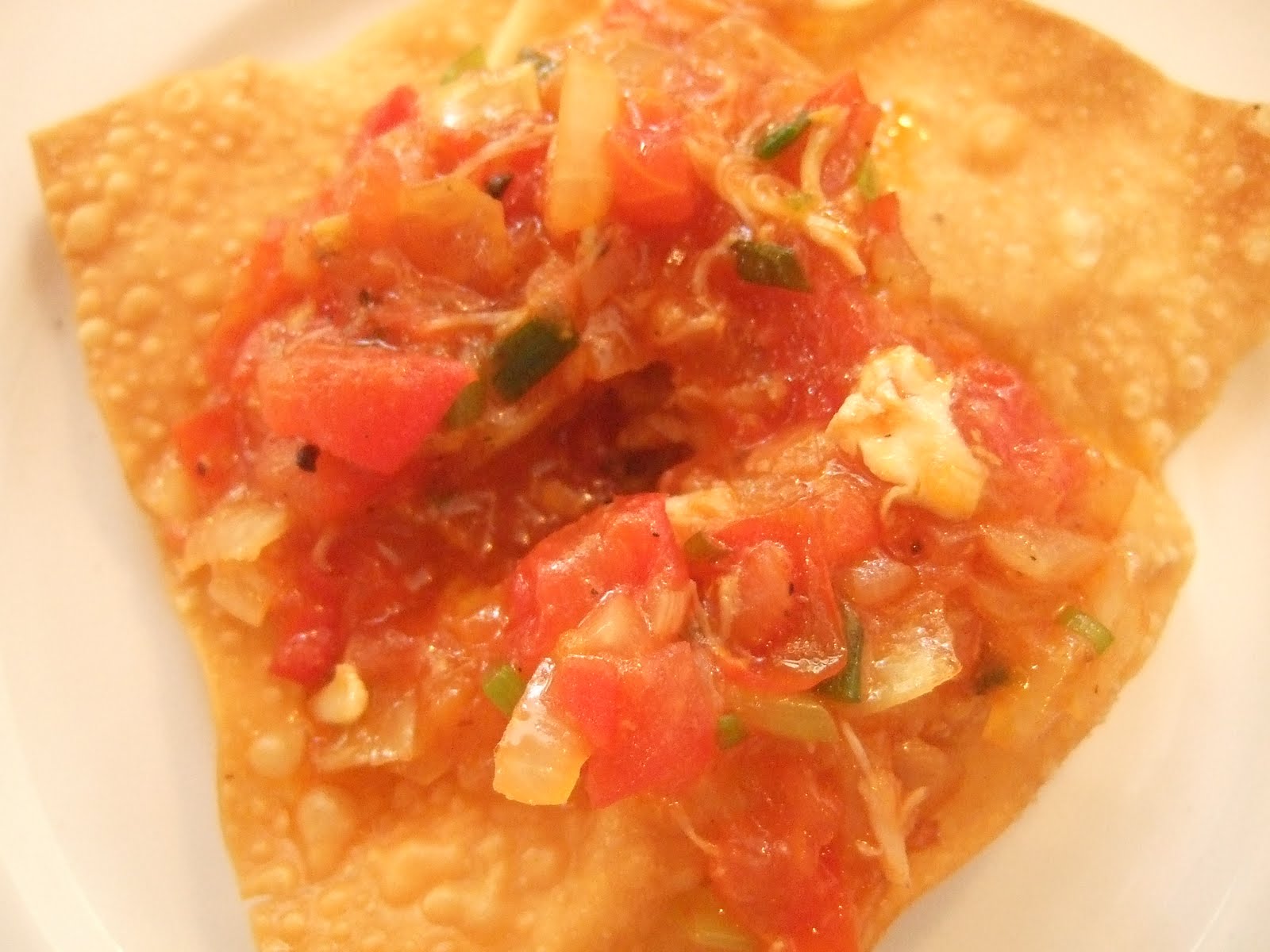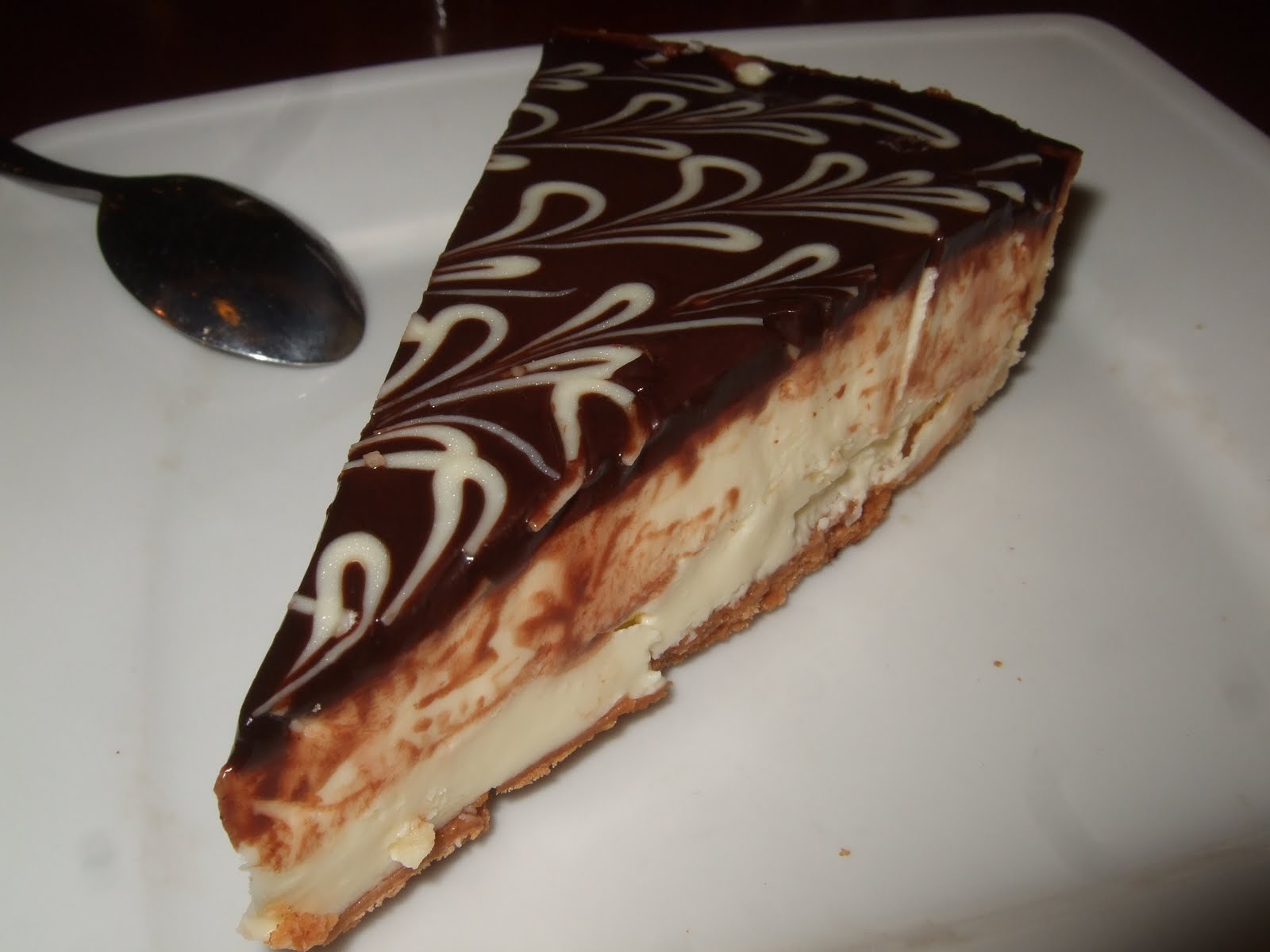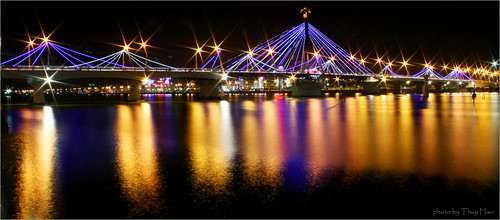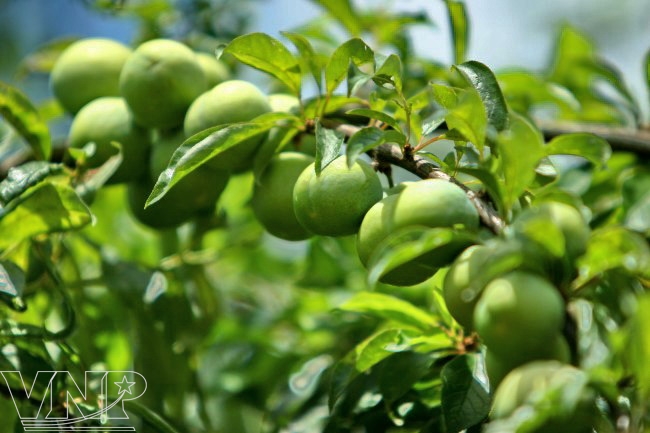Tuong Binh Hiep Lacquer Village in Binh Duong province is well-known nationwide for many centuries. It is considered the cradle of local lacquer industry. In Vietnam travel, tourists coming there will not only enjoy beautiful lacquer paintings, but learn more about good traditional values of Vietnamese culture as well.
Tuong Binh Hiep Village is located in Tuong Binh Hiep Commune, Thu Dau Mot Town, Binh Duong Province, about 7km north of town centre.
In early 18th century, the people in traditional lacquer trade migrated to Thu Dau Mot Town from the North, the Central and set up a village. After their life was rather stable, they made first lacquer paintings to commemorate homeland. Those lacquer paintings were known and bought by the richer in the village. There was more and more demand for this product and households gradually specialized in lacquer trade to set up Tuong Binh Hiep Lacquer Village.

Each Tuong Binh Hiep lacquer product made scrupulously by artisans is an art work in high aesthetic value. In order to make a lacquer product on traditional mode, it must spend time and effort with 25 strict steps. There are some steps which must be made many times such as bamboo framing of painting. Painting step must spend 3 - 6 months to ensure quality for each product.
After many generations, the Tuong Binh Hiep lacquer still keeps traditional beauty. It’s sophistication of Orient art. The Tuong Binh Hiep lacquer product has better quality and more multiform design than other ones. According to some experts, the Tuong Binh Hiep lacquer product can bear frigid climate of Europe, not be cracked, peeled off or deformed.

At present, lacquer workshops can produce many multiform products. Beside traditional lacquer products are still being loved, series of products made have modern design, suitable for different demand. In addition, new materials have been used to create unique feature for lacquer products here. The lacquer products inlaid with bamboo, tree skin... instead of oyster, snail, egg shell have been accepted by domestic and international tourists in Vietnam travel, especially from United State, France, Holland.
It is obvious that Tuong Binh Hiep lacquer village has more and more developed. The Tuong Binh Hiep lacquer has stilled been had feature of traditional culture. It is not only the pride of the trade village, but also the cultural heritage of Vietnam.





